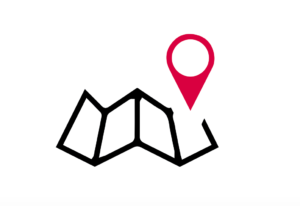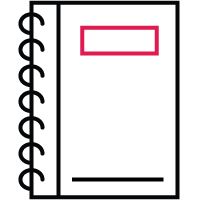How Do SAFe and Lean Work Together?
SAFe® (Scaled Agile Framework®) is built on the foundation of Lean principles, which originated from manufacturing. “Lean” espouses optimization of the flow of work and elimination of wasteful activities.
While SAFe provides a tailored version of its own set of Lean principles, many teams I have worked with seem to struggle with applying these principles to their daily project work. As an unfortunate result, some teams unintentionally ignore the principles and blindly follow specific practices mechanically, which is risky and likely to be ineffective in the long run. According to the Lean Enterprise Institute, the authoritative source for Lean principles, the Five Core Principles of Lean comprises the following:
- Identify value
- Map the value stream
- Create flow
- Establish pull
- Seek perfection
Based on my observations working with a variety of organizations and project teams, I would like to offer my interpretation and provide a few recommendations on making a connection between SAFe and Lean. Let’s inspect each principle and explore how you might apply it within a SAFe context.
1. Identify Value
Working on the most important and most valuable things that your client and stakeholders care about is at the heart of Agile product development. SAFe encourages this practice through a methodical process called WSJF (Weighted Shortest Job First). By focusing on the cost of delay and effort required, WSJF enables program teams to focus on what matters most and what they can deliver in a relatively short period.
2. Map the Value Stream

Within SAFe, your teams can deploy a Value Stream Flow Workshop which will allow you to determine the key steps within the process, and will ultimately shed light on where your biggest bottlenecks are. This is a critical event that could alter the entire course of your project.
3. Create Flow
Flow is a necessary component of Lean practices that enables teams to create a sustainable pace and deliver value predictably. SAFe encourages flow by integration of the Innovation and Planning iteration. This practice is a unique approach which acts as a scope buffering mechanism that allows teams to optimize their throughput over multiple Program Increments.
Another method by which SAFe enables flow is the concept of architecture runway, which is supplemented by architecture enablers. By allocating time to infrastructure, teams can prepare the technical building blocks that allow consistent delivery of capabilities.
4. Create Pull
SAFe encourages pull through Kanban methods within the framework. It recommends Kanban at the Portfolio, Program, and Team levels. The pull system relies on the understanding that the people doing the work are in the best position to decide when they can introduce more work into the system.
5. Seek Perfection
Is perfection possible? Maybe, maybe not. But regardless, relentless improvement is at the core of SAFe and is built into the concept of Continuous Improvement and Continuous Innovation. Complacency has no place in the world of Agile product development, and there is an expectation that SAFe teams should consistently look for ways to increase efficiency.
6. What does all this mean?

- Map your value stream and focus on eliminating inefficient activities that don’t add value. This seems like common sense, but often the simplest things are the easiest ones to forget about when we get preoccupied with complex issues.
- Utilize Kanban correctly; apply WIP (Work-In-Progress) limits so that teams are not trying to do too much work at the same time. Trying to do too many things at once creates a multitude of problems such as loss of productivity, loss of focus, and reduction in quality. Avoiding these self-inflicted issues will improve your chances of success dramatically.
- Apply a pull system; let teams choose their work when they are ready instead of pushing work to them prematurely. Pushing work to the teams is the main reason most teams have been conditioned to become “multi-tasking masters”; we all know that this puts people under excessive stress and erodes confidence and morale.
- Apply IP Iteration and encourage personal/professional development. By skillfully implementing the IP iteration, your team can accomplish two important goals at the same time: (1) Creating a scope buffer that enables your team to throttle the work and still meet customer expectations, and (2) Enabling your team members to focus on improving their current skills in anticipation of future demands. Both activities encourage a smooth flow of work that will lead to higher overall predictability of the entire program/Agile Release Train.
Conclusion
There’s a good reason SAFe emphasizes these values and practices. These approaches improve your team’s ability to perform and achieve their goals. The key is to stay with them and have trust in your teams to do what they know is right!
SAFe and Scaled Agile Framework are registered trademarks of Scaled Agile, Inc.



